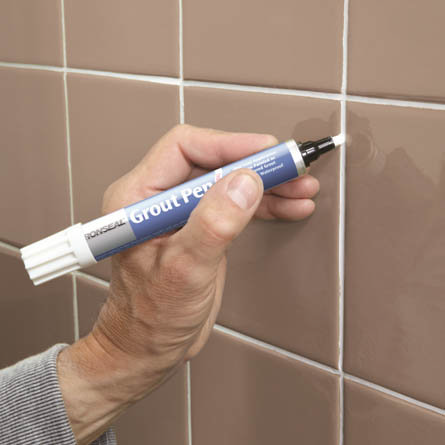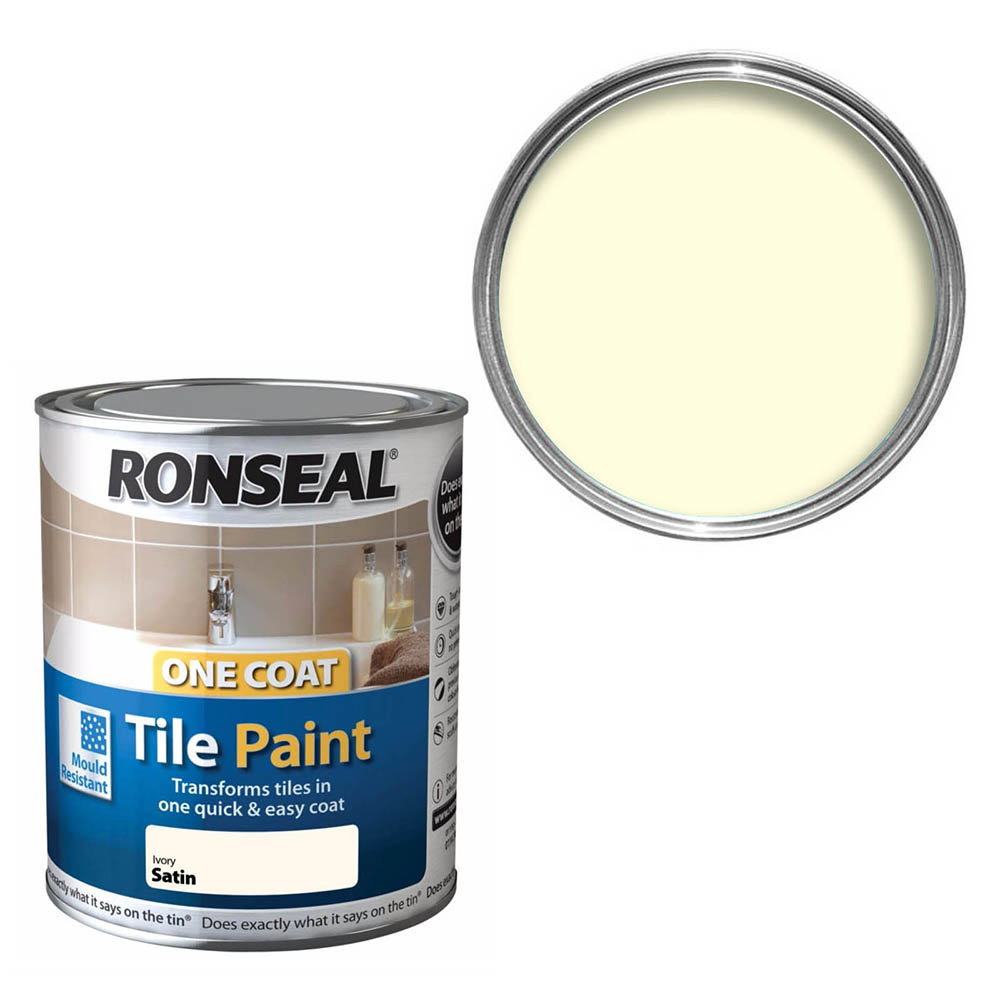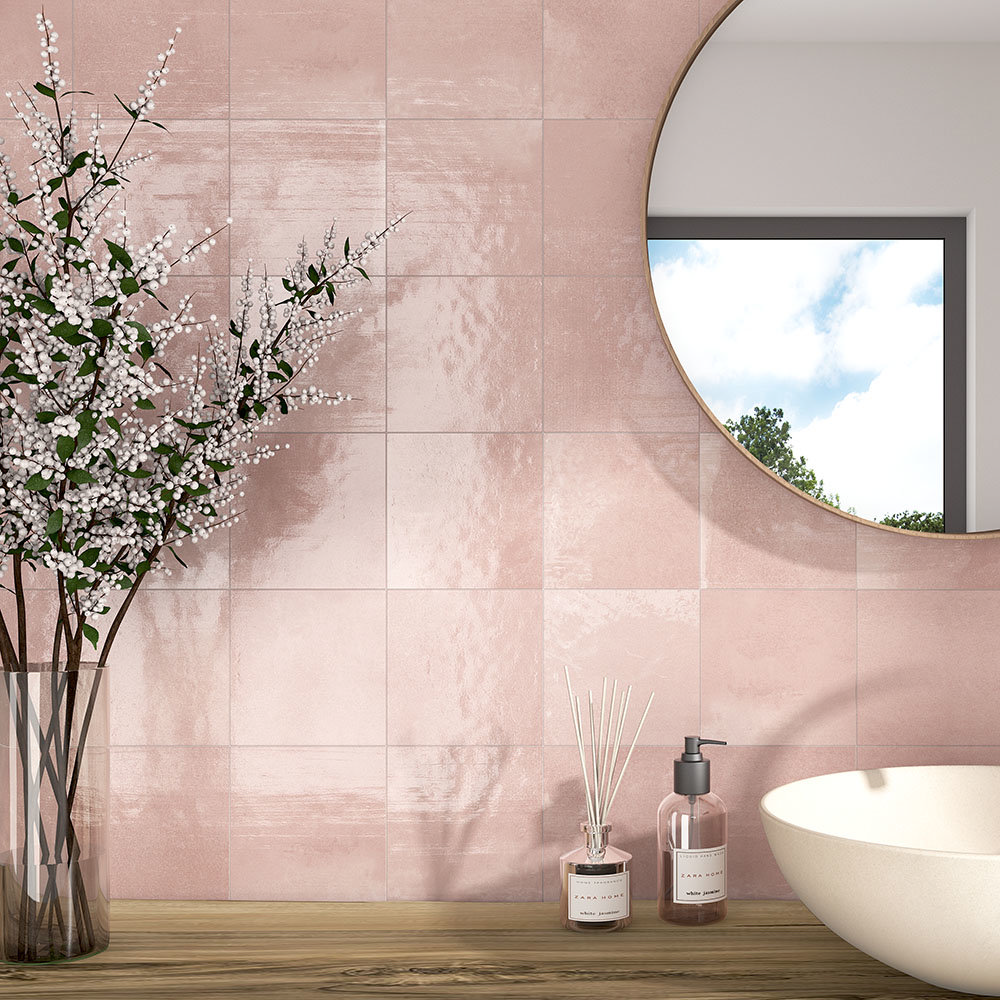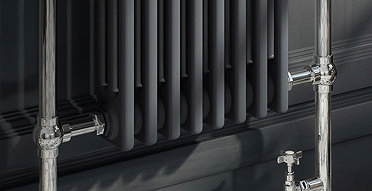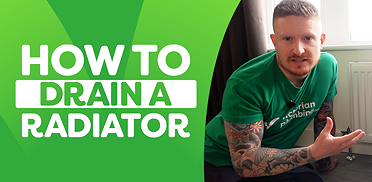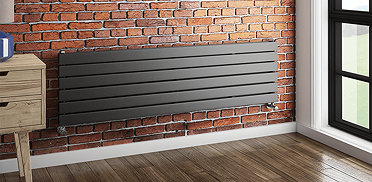UP TO 60% OFF WINTER SALE!
*Free delivery on orders over £499
Choosing the Best Paint for Bathrooms
Choosing the Best Paint for Bathrooms
You'll be amazed at how much of an impact well-chosen paint can have on your bathroom.
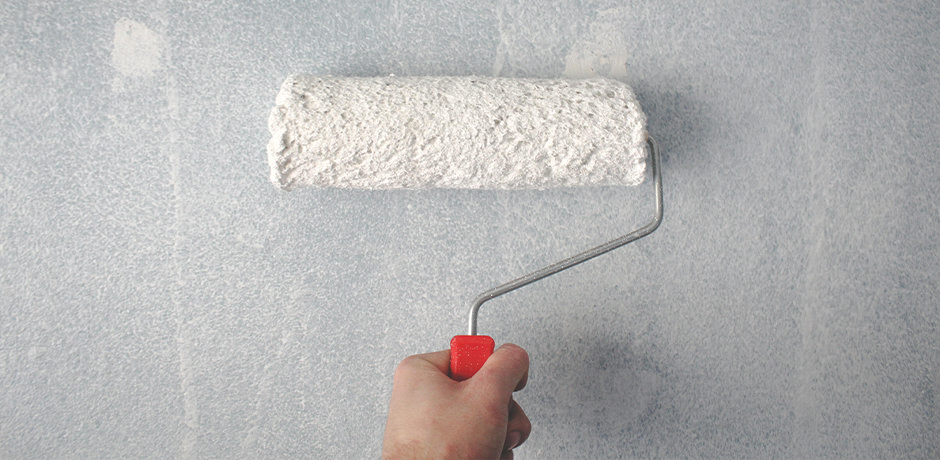
From eggshell paints in subtle hues to wild and unconventional options like vivid gloss red, the colour and texture of your bathroom’s walls can considerably change the room’s look and feel.
Whether planning a renovation or just a quick spruce up, bathroom paint can often end up being the defining feature of the space. Knowing this, it’s certainly worth putting some extra thought into what colour and what type of paint you go for.
With a myriad of different kinds of paint available, though, deciding what paint to use in a bathroom can be massively confusing.
Even when you’ve settled on a colour, you’ll still need to weigh up all the pros and cons to choose between matt, satin, eggshell, semi-gloss or gloss.
So we thought we’d help you out with our guide to the best paint for bathrooms. We’ve even included a brief guide on how to paint tiles in a bathroom, too!
Deciding What Paint to Use in a Bathroom
A common misconception when it comes to choosing the best paint for bathrooms is that you need to opt for specialist bathroom paints.
While it is still probably best practice to choose bathroom paints that have steam, moisture and mould resistant qualities, most interior paints today are suitable for use in bathrooms. Just so long as you keep your space well ventilated and keep the paint out of splash zones!
The type of finish you choose, however, is crucial in determining the look of your bathroom. Each type will have a different level of ‘sheen’. The higher the sheen, the more reflective your bathroom walls will be.
To clear this up, we’ve put together the following brief explanations of the most common paint finishes used in bathrooms:
- Matte Paint - Our favoured option for stylish bathroom spaces, matte paint (also known as flat bathroom paint) boasts the lowest sheen of the bunch and reflects very little light. This is great in bathrooms that usually feature a lot of bright lighting and highly reflective surfaces. This will help ensure the clarity of your chosen colour in all light conditions. Unfortunately, the downside to this lack of sheen is that it makes it more susceptible to condensation, so only go for matte if your bathroom is well ventilated.
- Satin & Eggshell Bathroom Paint - A notch up on the sheen scale, eggshell and satin bathroom paint looks great in most settings as it will gently reflect some light while still maintaining a consistent colour. Though a popular option for bathrooms, it’s still a little more vulnerable to moisture than other paints on our list. It’s also quite easy to scuff, so perhaps not the best choice to use in busy family bathrooms.
- Semi-gloss Bathroom Paint - A stepping stone between eggshell and gloss paint, semi-gloss will provide your bathroom with a hardwearing painted wall that will reflect quite a bit of light. We’d recommend semi-gloss paints for those who want an almost satin look but value longevity and easy cleaning.
- Gloss Bathroom Paint - Pure, unfiltered gloss paint will dazzle you with its high sheen. It provides a highly reflective finish that can be used to make smaller bathrooms feel that bit bigger than they actually are. In spacious bathrooms, though, this same reflectivity can quickly draw the eye to imperfections - so be sure to apply it with care. It’s extremely robust, making it the best paint for bathrooms.
How to Paint Tiles in a Bathroom
If your bathroom tiles are looking worse for wear or you’ve inherited a bathroom and you’re simply not keen on the colour of a tiled wall, you’ll be pleased to know that special tile paints are available that can quickly rejuvenate them.
The process itself involves a little more prep work than painting a wall, so we’ve made it more digestible to teach you how to paint tiles in a bathroom.
1. Consider Regrouting - Before you begin, assess the current state of the grout between your tiles. If this is full of black mould and mildew, it’s important that you regrout your tiles before you paint them. Simply covering the unsightly stains with paint can lead to bigger problems down the line. First, try a grout pen. These can instantly restore the colour of the grout and provide it with a fresh anti-mould coating. If the stains are too stubborn, you’ll need to regrout.
2. Clean Your Tiles - Next up, give the entire tiled area a good clean. This will give you a clearer picture of the condition of your tiles, highlighting areas that need attention or even repairs. We suggest using a strong bathroom cleaner here to remove any soap scum, mould, or mildew from the surface of your tiles.
3. Sanding - Here’s where you’ll need that bit of elbow grease! Take some fine grit sandpaper and lightly sand the area you are going to be painting - just enough to take off the glaze. This step is particularly important if you’re painting on high gloss tiles as the paint may struggle to adhere to their slippery surfaces.
4. Prep for Paint - Once you’ve sanded, take a damp cloth and wipe down the entire tiled area. Make sure it’s clear of any dust or residue and then allow it dry. This is a good time to make efforts to cover any fixtures and fittings to protect them from any stray drips and drops of tile paint.
5. Apply - Carefully apply your paint according to your chosen paint’s instructions. Liberally cover the entire wall. Don’t attempt to avoid grout lines; these tend to be between 5-10mm thick, making it near impossible to dodge them. Once you’ve waited for the paint to dry, apply the grout pen again - if necessary.
What About Alternatives to Using Bathroom Paint?
Bathroom paint isn’t the only option! There are plenty of alternatives for you to choose from that can be just as effective on your bathroom’s walls.
Wanting an immersive backdrop for a walk-in shower or wet room? Try something from our extensive bathroom wall panel range. These high-grade panels are fully waterproof and can be installed far more quickly than tiles. You’ll find over 150 options in an array of eye-catching designs - many of which feature finishes that expertly replicate natural stone, marble, and wood finishes.
If you’ve considered painting your tiles but feel they’re beyond saving, our huge bathroom tile collection could be of interest to you. There are well over 300 products to choose from In this vast range, with finishes and designs to suit even the most distinctive of tastes.
Made it this far!? We’re glad you’ve found our guide to the best paint for bathrooms helpful! If you’re looking for even more bathroom inspiration, be sure to check out the Victorian Plumbing Blog. You’ll find all manner of handy style guides and helpful how-to’s, all of which written to help you get the most out of your bathroom space.

George
George is one of our interior experts. He loves to write about the latest bathroom trends and he's a dab hand with bathroom DIY too.
